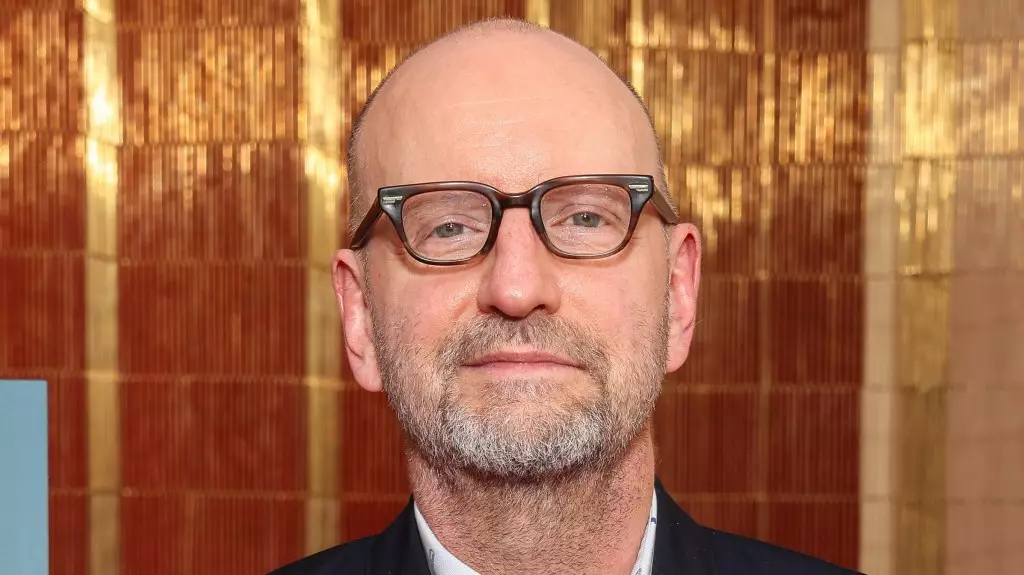Steven Soderbergh, a titan of contemporary cinema, recently bared his frustrations regarding the disheartening trends plaguing the film industry. His latest work, the espionage thriller *Black Bag*, while critically acclaimed, has unfortunately underperformed at the box office. This irony is particularly notable given that Soderbergh has built his illustrious career on the very type of thought-provoking narratives that *Black Bag* epitomizes. In a landscape increasingly dominated by franchise films and blockbuster spectacles, Soderbergh’s candid reflections reveal a growing concern about the future of mid-range cinema.
The Demise of the Mature Audience
Soderbergh’s frustrations are not merely personal; they reflect a more significant cultural phenomenon. He articulated a sentiment now echoing in many creative circles: a troubling disconnect between the artistic merits of films aimed at adult audiences and the actual attendance rates for these projects. With only a minuscule number of viewers over the age of 25 flocking to theaters, Soderbergh’s apprehension resonates. If cinema for grown-ups is relegated to the status of a niche market, what are the implications for the future of storytelling? Soderbergh boldly questioned what might become of filmmakers like him, pointing out that the creative landscape shifts ominously when mainstream platforms no longer support stories that interrogate complex human emotions and experiences.
Raising Questions About an Evolving Industry
The dilemma becomes even more perplexing when considering the star-studded cast of *Black Bag*, featuring acclaimed actors such as Cate Blanchett and Michael Fassbender. One must wonder: How can films that boast such top-tier talent still struggle to capture an audience’s attention? This reality poses deeper questions about viewer preferences in a market increasingly driven by marketing budgets rather than genuine artistic merit. The cinematic experience has become diluted, relegated to a conveyor belt of CGI-heavy franchises and an endless parade of remakes.
Furthermore, Soderbergh’s observation that contemporary studio heads are deliberating over the failure of films like *Black Bag* speaks volumes about the precarious state of artistic expression in Hollywood. It underscores an unsettling trend: a growing reluctance to greenlight mid-budget, character-driven projects in favor of more predictable, formulaic entertainment. The alarming truth here is that the platform for voices keen on exploring lesser-trodden narratives risks being erased altogether, muddled under the weight of commercial expectations.
Seeking a New Audience Paradigm
As Soderbergh aptly noted, the question isn’t merely if *Black Bag* will break even, but how filmmakers can rejuvenate an audience longing for relatable stories rather than regurgitated fantasies. To combat this crisis, both filmmakers and studios may need to reconsider their approach. Collaboration between creatives and savvy marketing teams must focus on reinvigorating interest in films that require contemplation, rather than mere consumption. The myth that only escapism retains viewership must be dismantled.
While studios chase bigger box-office hauls, they risk neglecting a fundamental truth about cinema: It’s not just about what you can sell, but what stories deserve to be told. If we relinquish the art of storytelling for the sake of convenience, we may ultimately lose the very essence of cinema that captivates our souls. Soderbergh’s pleading for the survival of substantive films should strike a chord with all who cherish the transformative power of cinema.
This is a call to arms for audiences and creators alike: to reclaim theaters as spaces for grown-up narratives, and ensure that mid-tier films maintain a prominent place within the cinematic landscape, lest they vanish entirely.

